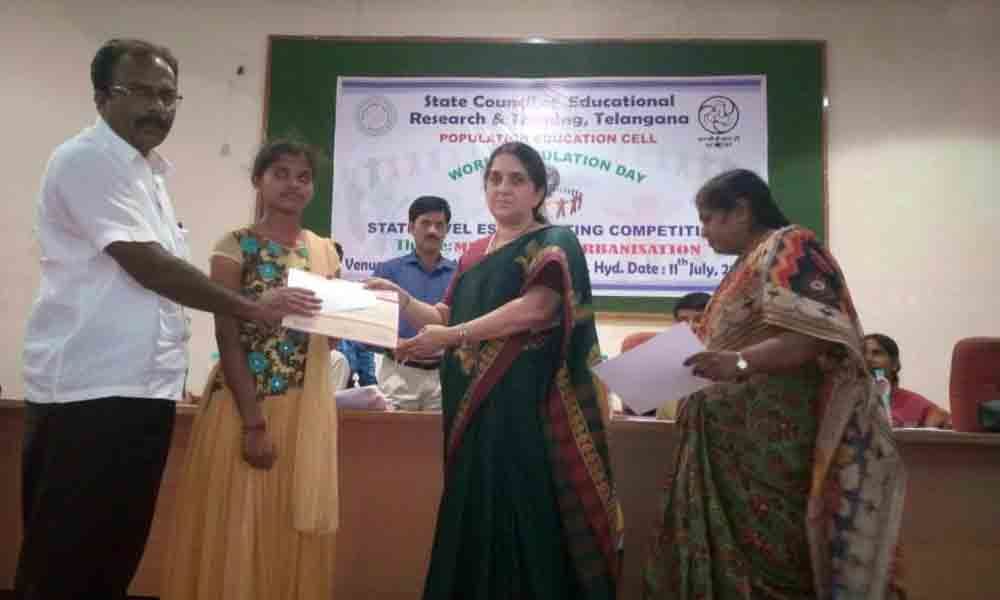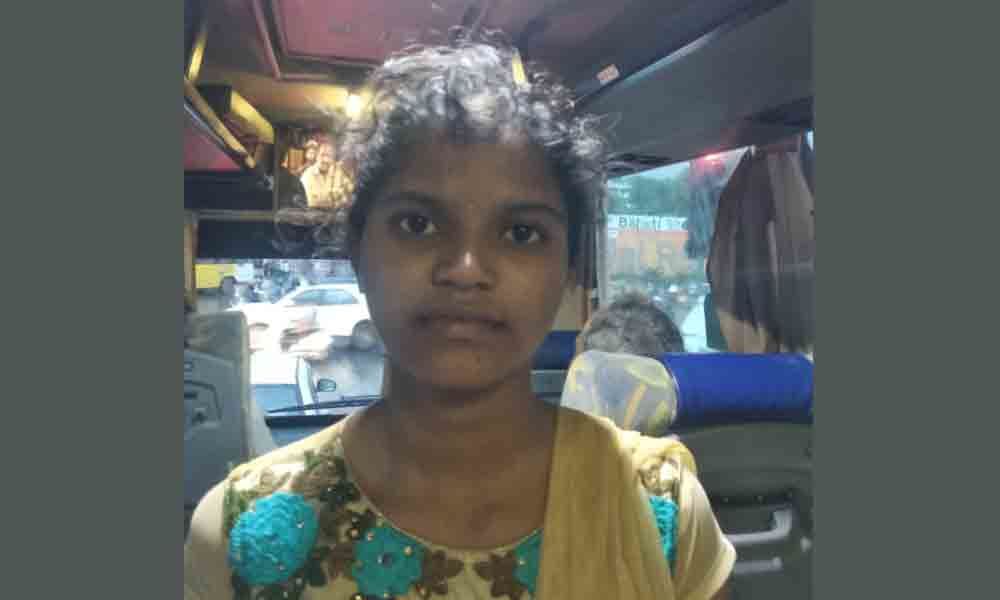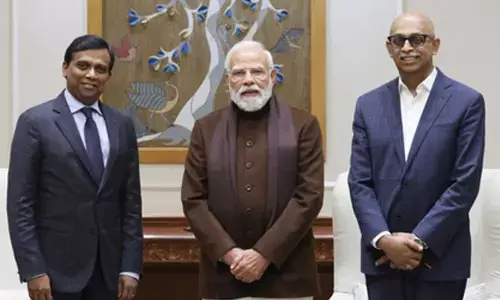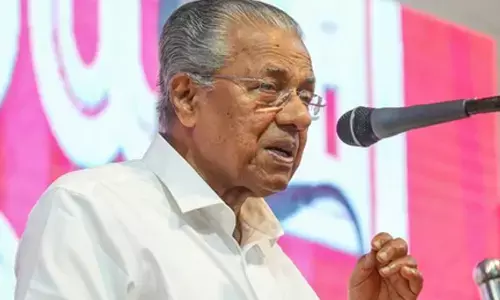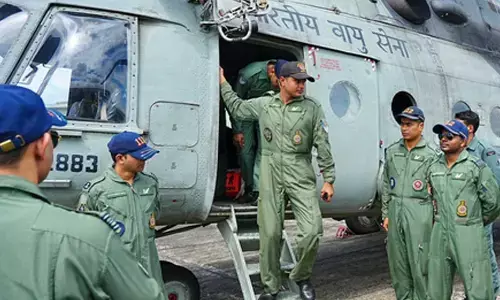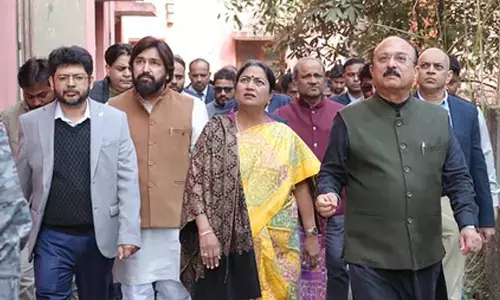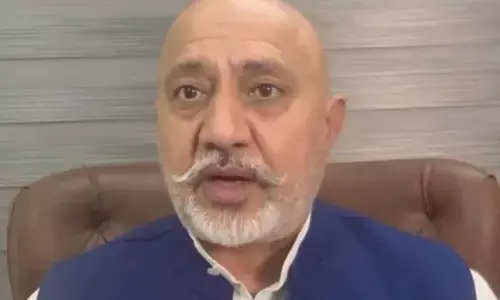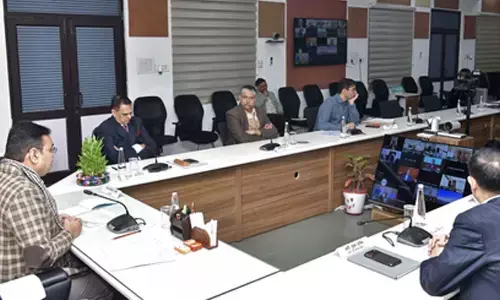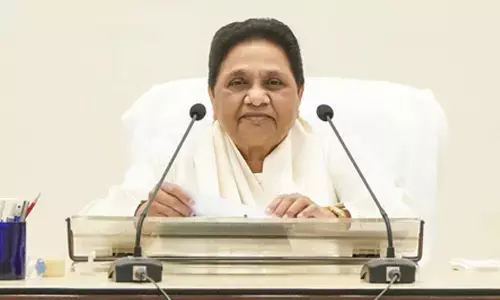Migration - urbanisation: Challenges and opportunities
As human development progresses, a number of sophisticated investigations emerge in society. Based on the results of that research, there are many opportunities for employment.
As human development progresses, a number of sophisticated investigations emerge in society. Based on the results of that research, there are many opportunities for employment. Immigration is known as moving people from rural areas to urban areas to get above opportunities. These migrations will create new towns and expand existing towns.
This expansion is called Urbanisation. Goretti Venkanna's song "Palle Kannirupeduthundo", Nerella Kishore's "Etlunnave Na Paalle" are realisations and reality of village migration. If we consider the history of migration and urbanisation in the history of the world, it began in the Industrial Revolution of the 18th century in Europe. The establishment of industries contributed to the emergence of cities. Migration for jobs in those industries began.
But coming to Indian history, there were towns since the time of Indus Civilization. In those days, towns were merely the hubs of rulers and bartenders of rural products. That is why the ancient cities of India have a lot of history. India is an agrarian country. Agriculture is rural-centric. Most people settled on the farm. Otherwise, the economic liberalisation policies of PV Narasimha Rao during his tenure as Prime Minister of India, along with the globalisation and privatisation of the 90s and Green Revolution, have accelerated the pace of migration from rural areas in India.
According to the 1901 census, the percentage of migration to urban areas was 11.4 per cent, and by the 2001 census the percentage of immigration increased to 28.5 per cent. According the estimation of the World Bank, this level of migration has reached 31.16 per cent in 2017. According to the World Population Report prepared by the United Nations, it is expected to reach 40.76 per cent by 2030, and the World Bank estimates that the eruption will cross 50 per cent by 2050.
Since independence in India, many projects have been built as a part of the implementation of the Five-Year Plan. The Green Revolution came and the crop production increased. Wherever these water resources are developed, agriculture is being developed in those areas. The agriculture is also mechanised with the surplus of economic resources created. The use of these machines in agriculture has resulted unemployment in agricultural-based labourers. With this effect all began migrating to cities for work. In the same context, many families who have recognized the importance of education also shifted to cities.
At the same time unemployment was created by education also. This automation and education have resulted in human resource surplus and unemployment in rural areas. So many industries were started in II Five Year plan. To fulfill the needs of the new industries the rural educated people migrated to towns. The construction sector has developed and provided so much temporary employment. A farmer is born in debt and dies in debt in India. To get out of this debt the rural people migrated to towns. Drought is also one of the reasons for migration. Coming to industries and other forms of employment, daily and monthly salaries are also a major factor in increasing migration and urbanization. Social issues in rural areas, lack of respect for man, issues of enmity, factions, education for women on par with men, and modernization are another reason for the rise of urbanization.
As a result of globalisation and industrialisation, rural crafts have suffered a total blow and those dependent on those occupations have migrated to cities for employment. In this context, cities are also well modernized. Communication and transport facilities have been greatly improved. The technological revolution of the 21st century prompted the establishment of many new industries. Many new business ventures have emerged and employment opportunities have increased greatly. Unemployment created by the mechanization of agriculture inevitably provides these employment opportunities in the cities and migrates from rural to urban areas. The luxurious life of cities that have become part of globalisation, skyscraper buildings, modern education and medical facilities have attracted the rural masses, especially middle-class workers, who have migrated to urban areas in order to gain more.
There are also risks of migration and urbanisation. As the population grows and the city becomes a concrete jungle. This results climate, noise, air and water pollutants in the towns. Slums areas can form. Increasing use of plastic and radiation as a part of this pollution, sewage and technological revolution has caused people to be unaware of many ailments. As the groundwater recedes, the urban population is in a state of disrepair. Many traffic problems are caused by crowding. Increasing crime and terrorism are increasing in cities.
Rural areas that once served the needs of the cities are now in danger of becoming dependent on the cities and the agricultural land is being wiped out by the expansion of the concrete jungle. In the future, this could pose a danger to the growing population of poor food production. Rural culture and traditions are undermined by urbanisation. Gandhiji dreamed of building the field of employment in the rural areas for Gramaswarajya tool for governments to set up cottage and rural industries to stand up for them, better education and the establishment of medical facilities in rural areas, road, transport facilities, in addition to the Bank's services to be made available by means of awareness of digital transactions Can control immigration. Like the Telangana government's attempts to reduce the population of the towns, the system of governance should be reorganised and the small districts made available to the public. Identify agriculture as an industry and strengthen rural areas and agriculture with new schemes such as Mission Kakatiya, Mission Bhagiratha and Green Food. When such rural areas are undergoing development, migration from rural areas is likely to stop. The country will flourish only when the cities and villages are prosperous. The culture and traditions of India remain in the countryside. So, when the government focuses on the development of the countryside, the towns and villages are developed parallel to the country's industries, economically, with culture and traditions!


